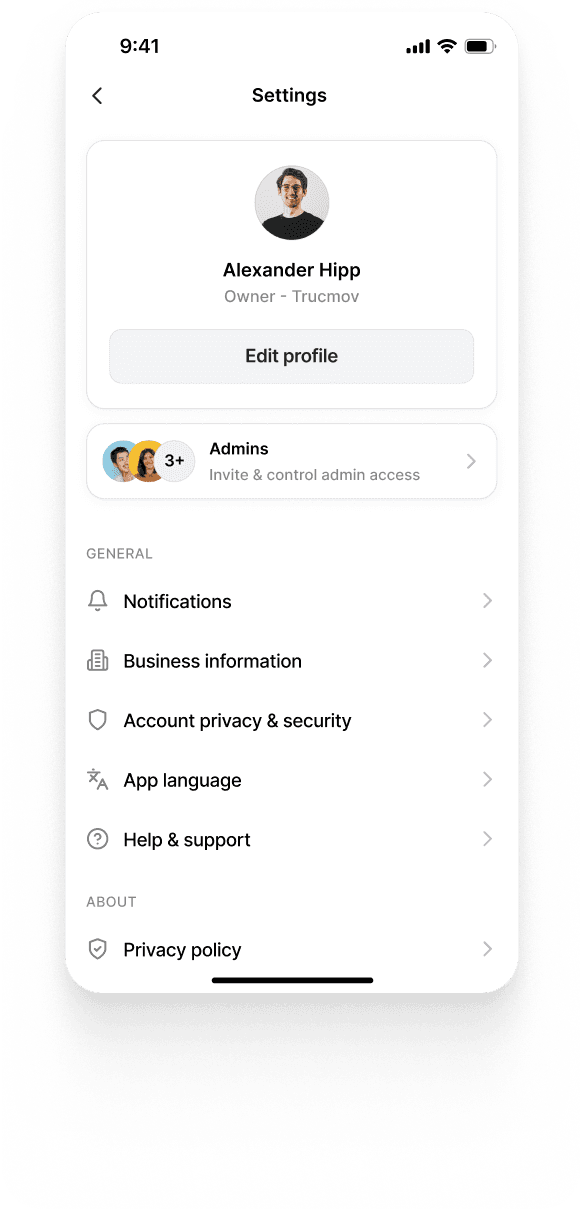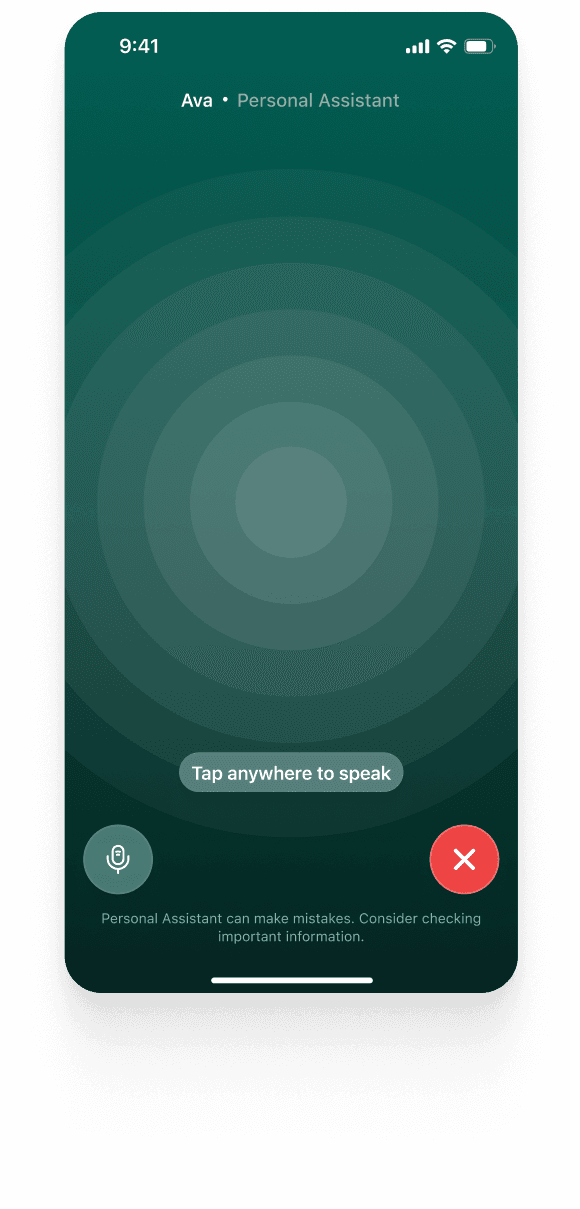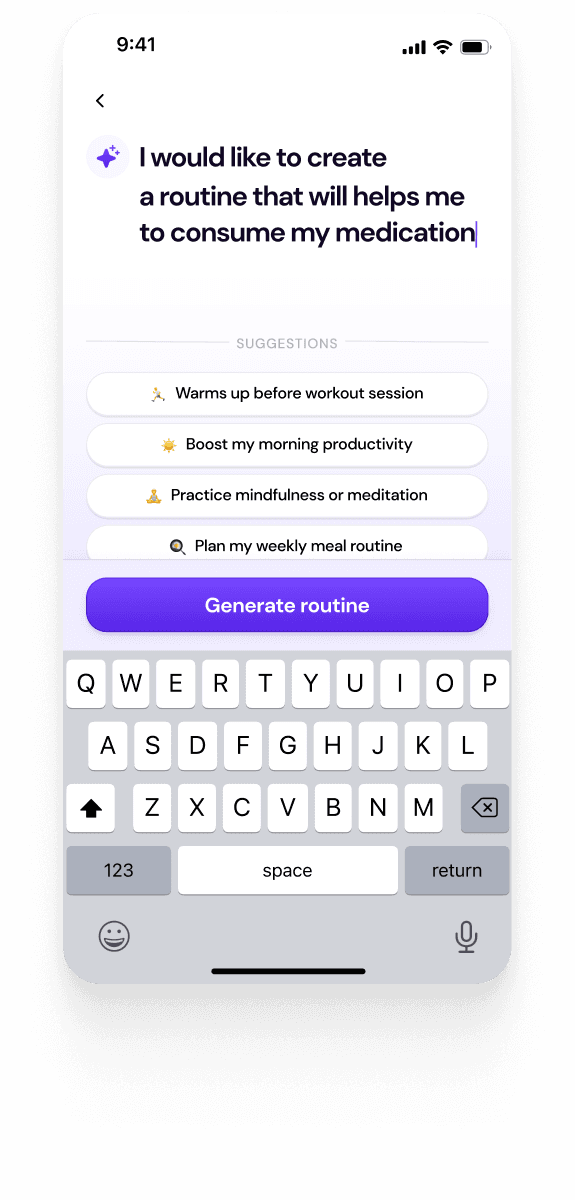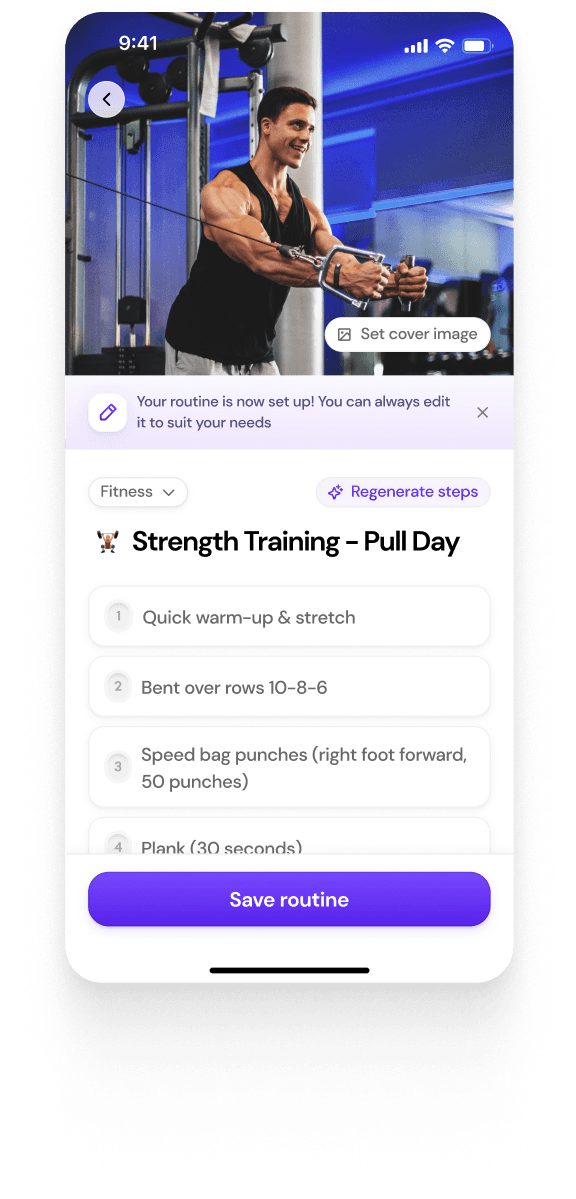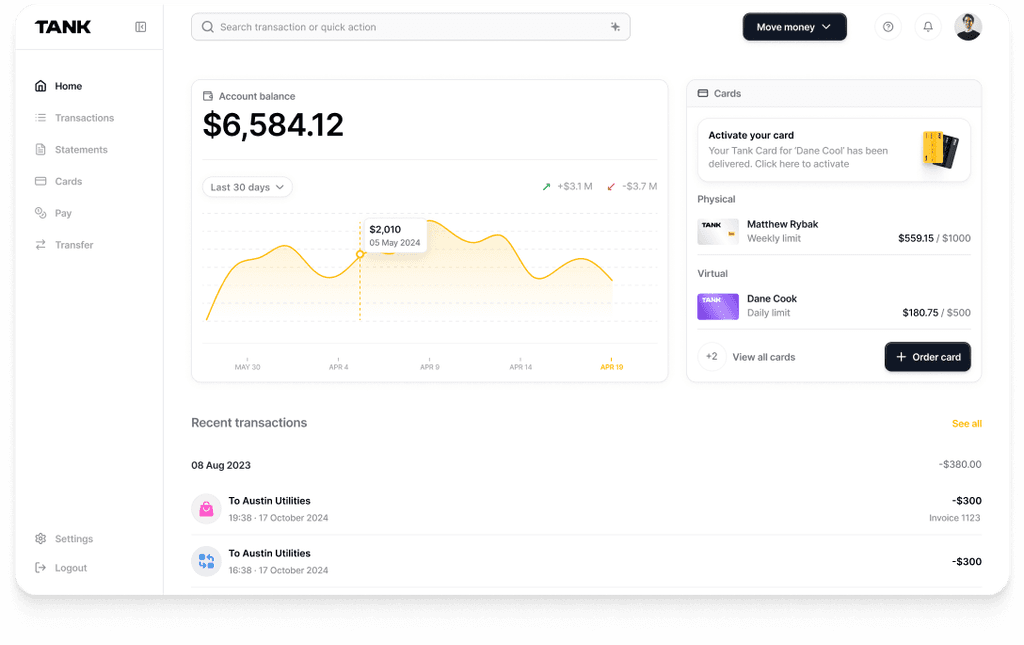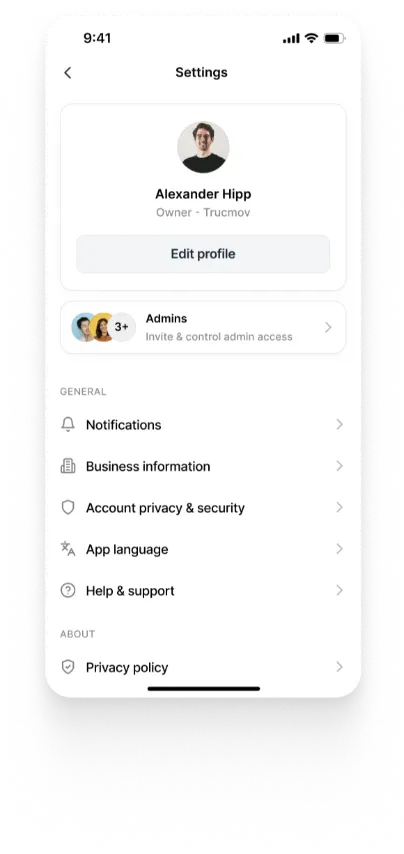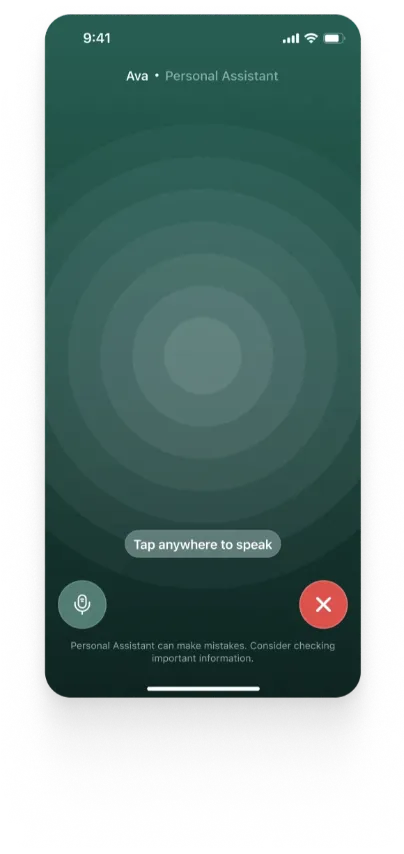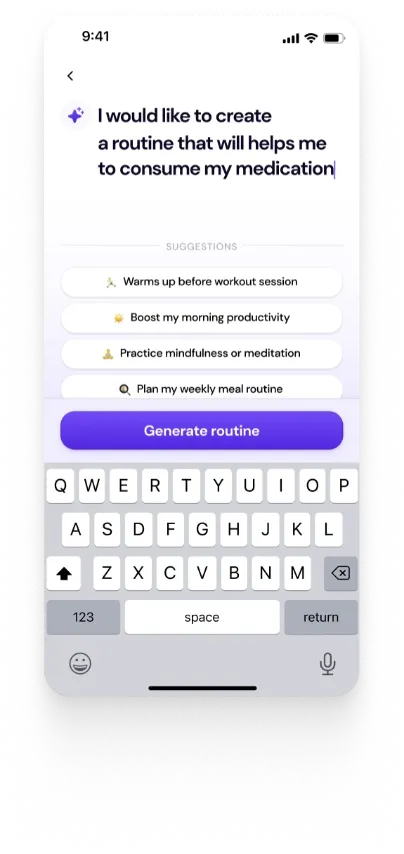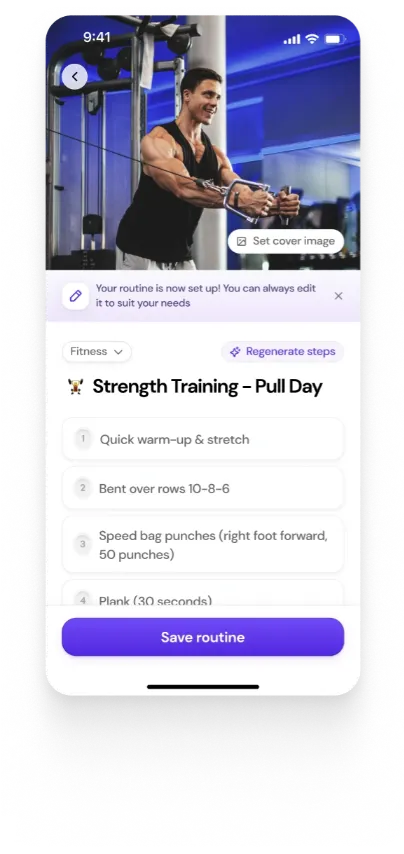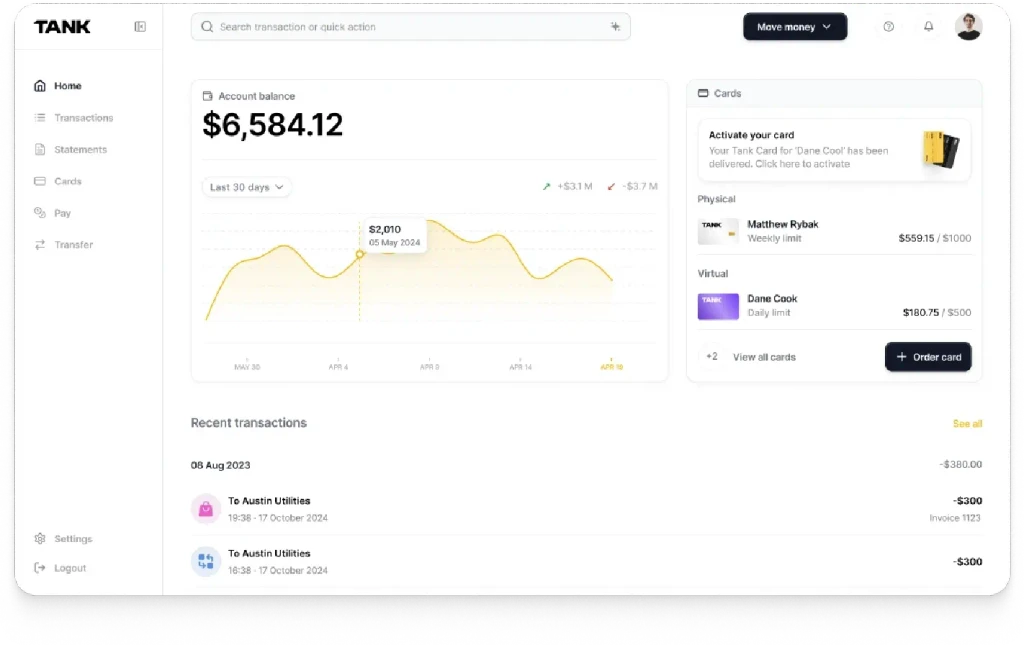The Quiet Revolution: LLMs and the Turing Test
Summary
LLMs like GPT-4.5 now outperform humans in Turing-like evaluations, yet their success is met with apathy. NVIDIA’s Jim Fan proposes a new benchmark—the Physical Turing Test—where robots must act so naturally that we can't tell they’re not human. With simulation and generative environments, NVIDIA aims to bridge digital and physical AI.
Key insights:
Turing Test Passed Silently: GPT-4.5 was mistaken for human 73% of the time, showing we've surpassed conversational benchmarks.
Physical Intelligence is Next: Real-world tasks like cleaning or cooking require fine motor skills and are far harder than language.
Simulation is the Shortcut: NVIDIA condenses years of training into hours via massive simulated environments and domain randomization.
Generative Digital Cousins: Instead of building precise digital twins, NVIDIA uses generative models to scale simulation data quickly.
Physical API Vision: Future robots may run "apps" like software, enabling marketplaces for robot skills and services.
Open Collaboration Matters: NVIDIA shares its simulation tools and models to help startups lower entry barriers in robotics.
Introduction
In recent years, large language models (LLMs) like GPT‑4 have achieved startlingly human‐level fluency. As NVIDIA’s Jim Fan quips, “the traditional Turing Test…has quietly been passed”. We now dismiss every new chatbot innovation as normal, although an identical interaction with a machine was previously considered the Holy Grail. According to a controlled Turing-test investigation, GPT-4.5 outperformed real individuals and was deemed human 73% of the time. We have become indifferent to "holy-grail" accomplishments. As Guillermo Flor summarized Jim Fan’s message, “LLMs now generate human‐level dialogue, and we’ve become almost desensitized to each new breakthrough”. The frontier has shifted: our machines can talk like us, and the world has barely noticed.
But conversation is just the beginning. Jim Fan contends that a robot that can behave so naturally in the real world that we cannot distinguish it from a person will be the next big thing, rather than another chatbot. In other words, the next milestone isn’t conversational – it’s physical. Imagine returning home from a late-night hackathon to find your house cleaned and dinner on the table, and being unable to determine whether it was done by a human or a machine. He refers to this as the Physical Turing Test. Fan claims that such physical AI will "just be recalled as another Tuesday" when it becomes commonplace.
For startups, this radical transition from digital to embodied intelligence poses two key questions: How did we pass the first Turing Test covertly, and why does the real world still oppose AI?
LLMs and the Conventional Turing Test
The Turing Test, proposed by Alan Turing in 1950, measures whether a machine can mimic human conversation. The LLMs of today have successfully met and beyond that standard. Often indistinguishable from a human partner, models such as ChatGPT and its descendants handle code difficulties, carry on smooth, context-rich conversations, and even crack jokes. In blind testing, researchers Cameron Jones and Benjamin Bergen recently showed that GPT-4.5 was 73% mistaken for a person with intelligent prodding. This empirical data confirms what many people previously suspected: AI has advanced beyond conversational language.
Yet instead of a fanfare, the world’s reaction has been a kind of apathy. Experts in the field observe that developments that were previously celebrated as significant now seem commonplace. We "shrug off any new model innovation as just another Tuesday," Jim Fan notes. Customers aggressively test LLMs, applying pressure with challenging questions, and they leave when their responses are not perfect. To put it briefly, passing the Turing Test is now considered inevitable. The impact for startups is obvious: natural language AI is an established system. It will not be as impressive to build the next chatbot as it was five years ago. Rather, founders ought to consider strategically: what is the next frontier if the machine-conversation challenge is resolved? Embodied AI is intimately related to that question.
Digital vs. Physical Intelligence
What was easy (language) now feels settled; what remains hard (action) is something else entirely. This might be referred to as the gap between physical (embodied) and digital intelligence. Like LLMs, digital intelligence operates in the virtual world and can interpret code, text, or graphics. It is quite good at producing code, creating papers, and responding to inquiries. Contrarily, physical intelligence entails perceiving and responding in the real environment, such as moving a hand, handling objects, or navigating a space.
This difference is profound. In the digital realm, data is abundant (text on the internet, images in datasets), and environments are deterministic (algorithms). In the physical world, every action intertwines with physics: friction, gravity, wear and tear, unpredictable disturbances (e.g., a curious dog wandering in). Reddit is not available for download for robot arm actions. Robot data "don't come with … motor control data" on the internet, as Fan points out; you have to collect them yourself using actual robots or simulations. It is difficult to encode human expertise in routine jobs into silicon and steel.
This is why a new benchmark, the Physical Turing Test, is proposed. Instead of text chat, it asks: Can a machine perform a human task so seamlessly that you can’t tell the difference? These "mundane" tasks, cleaning your home, making supper, and putting away a child's toys, require a variety of fine motor abilities, object recognition, planning, and even social signaling. Such duties are frequently failed by today's robots, which may be confused by a banana peel on the floor or knock over a plant while cleaning a table. (Jim Fan humorously displayed a simulated robot that was unsuccessful at avoiding a banana peel and a dog.)
In reality, every household chore requires coordination, vision, touch, balance, and forethought. A tidying-up robot needs to be able to identify objects, maneuver through congested areas, hold fragile objects, and adapt to changes in orientation or lighting. Although people (and even dogs) are accustomed to doing these activities, AI and robotics face a complex issue.
Moreover, we still lack large “Internet-scale” datasets of embodied behavior. Text and images flood the web; motion capture and robot trials do not. Jim Fan emphasizes: “We can’t download those action data from the internet… We have to collect it either in simulation or on real robots”. In short, the data bottleneck is severe in physical AI.
The Physical Turing Test and Its Challenges
Why is the physical realm so hard? First of all, the actual world is cruel and slow. A robot may need to be reset by a human if it makes a mistake while performing a task. It is not feasible to gather millions of hours of real-robot data. Secondly, the actual world is chaotic and uncertain. A taught policy can be disrupted by a slight change in floor texture or object weight. Home surroundings can be set up in countless ways; they are not uniform factories.
In contrast, digital AI development allows you to fine-tune a model overnight on thousands of GPUs. Today's top LLM may be trained on tens of trillions of tokens and have billions of parameters. Code is where its "trial and error" takes place. In contrast, unless you use simulation, a robot's trial-and-error occurs in real time, with one second of physical activity for every second of clock time.
NVIDIA’s Jim Fan sums it up: The bottleneck – the real world – is disappearing through simulations. To put it another way, the physical environment used to impede human advancement. We increasingly retreat into virtual copies these days, where studies proceed far more quickly. However, despite simulation, the typical "sim-to-real" problem still exists, separating pixels from atoms.
Robots eventually have to contend with hardware limitations, such as battery life, sensor noise, wear and tear, and safety, even with flawless simulation. Regulations, ethics, and public trust are some of the constraints that society imposes. Even if the algorithms are solved, it will take years to deploy real robots at scale because of these non-technical obstacles.
NVIDIA’s Roadmap: Simulation, Digital Twins, and Digital Cousins
NVIDIA’s strategy is to tackle this exact challenge with simulation at an unprecedented scale. They use their knowledge of GPUs and graphics to build expansive virtual environments in which robots may learn. The main concept is to execute thousands of simulated trials concurrently, condensing years of real-world training into hours.
For example, Jim Fan describes training humanoid robots to walk like humans in just two hours of simulated time (rather than years of physical trials). For the learnt strategy to generalize, they used domain randomization, which involves changing gravity, friction, and other factors, to run 10,000 simulated scenarios concurrently on a single GPU. As a result, an afternoon is reduced from ten years of trial and error. Surprisingly, the learnt walking policy was able to generate a human-like gait with just 1.5 million parameters—a tiny neural net. This demonstrates that, with sufficient simulation, extremely few "system 1" controllers for robots may be trained, which is comparable to our subconscious motor abilities.
NVIDIA separates simulation into two paradigms. Every door, object, and physical parameter in the "digital twin" paradigm (Simulation 1.0) must be meticulously created by hand to create an accurate virtual reproduction of a robot and its surroundings. Although it takes a lot of work, this enables you to run physics engines at up to millions of frames per second. NVIDIA presents the idea of the "digital relative" to scale. A generative simulation is a digital cousin in which artificial intelligence (AI) creates approximate settings and objects in place of manually drawn scenarios. Even while it's not quite photo-real, it's "near enough" for training.
In Jim Fan’s words: “We call it the paradigm of the digital cousin. It’s not the digital twin, but it kind of captures… a hybrid generative physics engine where we generate parts of it and then delegate the rest to the classical graphics pipeline”. For instance, the RoboCasa project from NVIDIA uses 3D generative models to procedurally create scenes of kitchens and homes, making each space brand-new. After that, a robot can practice moving, opening drawers, gripping mugs, and other tasks. One human demonstration (pouring water, for example) can be repeated N times with minor modifications (moving the cup to the left or right).
The reward is huge. The lack of training samples in the real world can be compensated for by simulation data. Robots acquire strong skills through the accumulation of millions of synthetic episodes. Crucially, NVIDIA adheres to an open-source philosophy; its simulation tools and robot models, such as "Group N," are completely open-source in their early iterations. This effort is guided by Jensen Huang's well-known maxim, "anything that moves will eventually be independent." With Jetson chips, AI models (such as Project GROOT), and Isaac Sim environments, the objective is to build a platform stack that will enable mobile robots to become as ubiquitous as smartphones in the future.
Key Takeaways from NVIDIA’s Vision
Massive Parallel Simulation: Years of robot learning are condensed into hours by NVIDIA through the parallel execution of hundreds of physics simulations. This makes it possible for even tiny neural controllers to swiftly learn tasks like walking or manipulating objects.
Domain Randomization: The lighting, object locations, and physics settings change somewhat in each replicated version of the real world. The taught policies are guaranteed to be resilient to variance in the real world because of this "domain randomization."
Generative Environments: Beyond manually created digital twins, NVIDIA creates many realistic scenarios (digital cousins) using generative AI (e.g., diffusion models). This allows training data to be scaled up with little human intervention.
Hybrid Data Strategy: To train models, NVIDIA uses a combination of real-robot data, simulated data, and internet-scale data (such as human movies). Although each has advantages and disadvantages, when combined, they improve resilience. For instance, a humanoid robot can learn to understand commands by watching movies of people handling objects.
Humanoid Focus: The humanoid form is the one that NVIDIA is counting on. The argument goes that since our environment (including tools and spaces) was created with humans in mind, a humanoid robot that is good enough could make use of the infrastructure that already exists. Additionally, it makes it possible to use enormous amounts of video footage of people performing activities, which "transfer" more readily to robots that resemble humans.
Physical API and Economy: Fan hopes that software will eventually have a "physical API" that allows programming to move atoms rather than just bits. Consider a marketplace for robot actions, or a "Physical App Store." This frame of view proposes new economic strategies, such as outsourcing robotics duties or selling robot "skills." For founders, this suggests emerging platforms with standardized and decomposable robotics capabilities.
Open and Collaborative: In keeping with Jensen Huang's pledge, NVIDIA wants to make physical AI more accessible. They anticipate that a larger community (startups, academics) will expand upon their platform by making their tools and models open-source. Because you won't have to start from scratch when creating the neural controller or simulation engine, this lowers the entrance barrier for any robotics endeavor.
Implications for Startups and Founders
First, keep in mind that language and vision AI are now essential. More crucially, though, find the new gaps—the jagged edges where the messy real world and artificial intelligence collide. The possibilities are endless if you work in manufacturing, shipping, healthcare, or any other industry that involves physical operations.
Build on Simulation: Any business working on real-world AI or robotics should make an investment in simulation infrastructure. A quick virtual environment will be beneficial whether a logistics startup is teaching surgical assistants or a healthcare organization is modeling warehouse robots. "Digital twins" of their systems can be used by non-robotics industries to quickly and affordably develop AI technologies.
Bridge Sim-to-Real: Startups should plan for sim-to-real transfer in light of NVIDIA's success. Make use of real-world validation loops, physics engine customization, and domain randomization. Progress can be accelerated by collaborating with organizations like NVIDIA's GEAR or by utilizing open simulation frameworks like RoboCasa and Isaac Sim.
Consider Generalist Models: Similar to GPT for language, Nvidia wants to develop a generalist robotic "base model." When such models are available, startups may choose to use or refine them rather than relying solely on specialized algorithms. For instance, just as GPT-3 produced domain-specific chatbots, a general-purpose robot brain may be tailored to particular activities (e.g., cleaning, warehousing, elder care).
Explore New Business Models: The "Physical API" idea proposes a market in which behaviors and skills may be programmed and exchanged. The founders could create services that incorporate robots into everyday life or platforms for robot skill marketplaces. For example, a startup might abstract away the hardware complexity by providing "robot-as-a-service" to restaurants for delivery or dishwashing.
Stay Agile on Both Fronts: Lastly, acknowledge that we are in a dual landscape. Keep an eye on the physical future while continuing to use AI and LLMs to enhance software applications now. New markets may be opened by advancements in embodied AI, such as a little humanoid aide in a home. Perhaps employing multidisciplinary skills (mechanical + AI) or collaborating with robotics professionals will be crucial.
In summary, the next stage of the AI revolution is about to begin. The dialogue we have been having with machines is merely a prelude. The actual world is calling, Jim Fan says. In the upcoming years, robots may eventually become a part of everyday life thanks to the use of large-scale simulation, open collaboration, and cross-disciplinary approaches. Like the Turing Test, we might not even be aware of it when it occurs.
Conclusion
The quiet passing of the original Turing Test marks not an endpoint, but a shift in our expectations. Once a major hurdle in AI, conversational fluency is now taken for granted. Because human-like conversation has become so invisible due to today's big language models, academics and innovators are now looking beyond text and into the real world. The new standard is embodied competence rather than linguistic indistinguishability: can a robot move, behave, and help in everyday human settings so naturally that we can't tell it apart from a human? This is the core of the Physical Turing Test, which is a more multidisciplinary and fundamentally challenging frontier.
It will take advances in simulation, hardware, perception, and strategy to meet this new challenge. One plausible route forward is provided by NVIDIA's strategy, which involves creating scalable virtual training grounds using generative simulation and digital relatives. To train small, powerful controllers for deployment in the real world, they plan to reduce years of robot trial-and-error into hours of parallelized virtual experience. However, trust, safety, and integration into human places will be just as important as technical proficiency. The next time a machine passes the Turing Test, you might not read about it—you might arrive home to supper already prepared, as embodied AI becomes more and more commonplace.
Authors
References
akosner. “Jim Fan on Nvidia’s Embodied AI Lab and Jensen Huang’s Prediction That All Robots Will Be Autonomous.” Sequoia Capital, 17 Sept. 2024, www.sequoiacap.com/podcast/training-data-jim-fan.
Flor, Guillermo. Linkedin.com, 18 May 2025, www.linkedin.com/posts/guillermoflor_the-traditional-turing-testwhere-a-machine-activity-7329841188784570368-_ayQ.
Jones, Cameron R, and Benjamin K Bergen. “Large Language Models Pass the Turing Test.” ArXiv.org, 2025, arxiv.org/abs/2503.23674.
Sequoia Capital. “The Physical Turing Test: Jim Fan on Nvidia’s Roadmap for Embodied AI.” YouTube, 7 May 2025, www.youtube.com/watch?v=_2NijXqBESI.


















